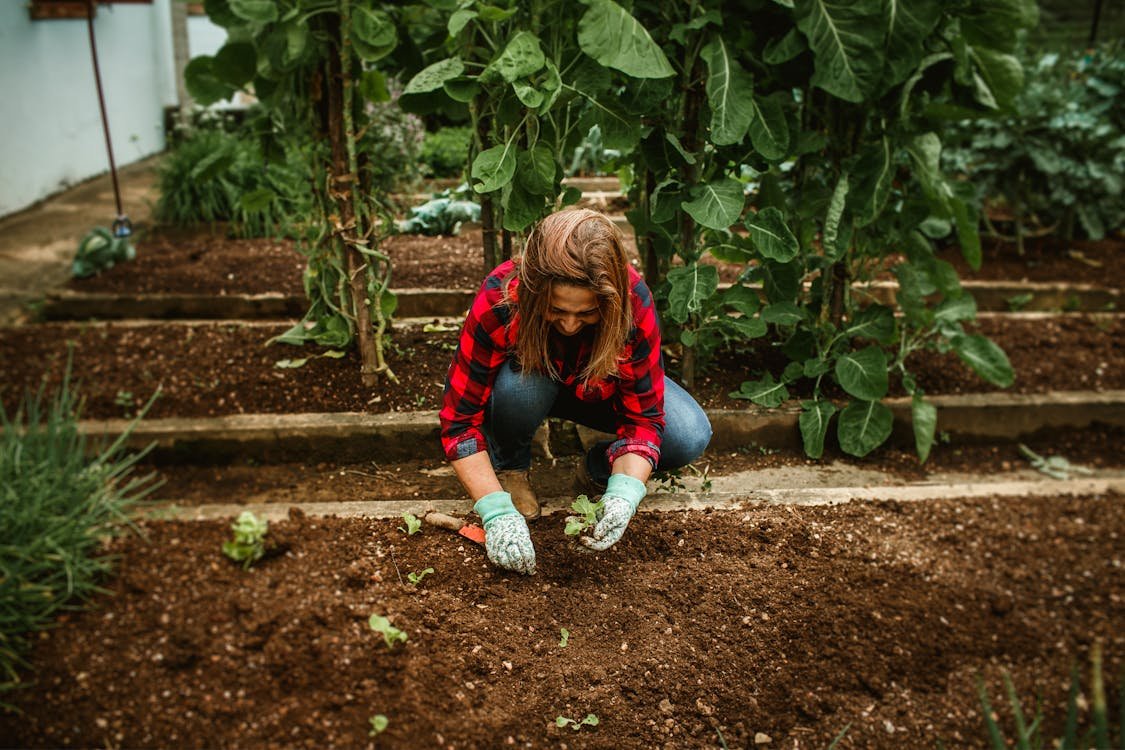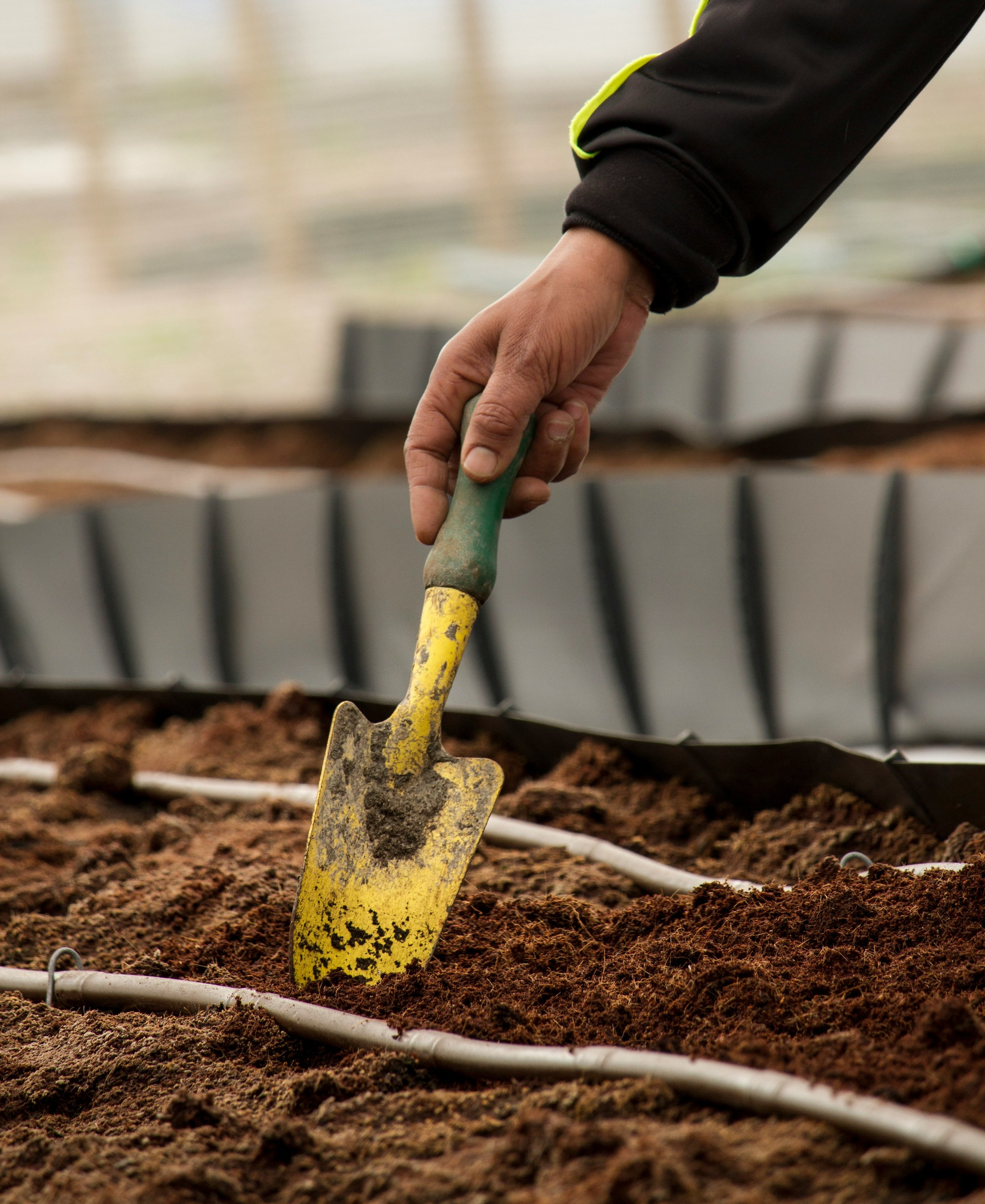Why Air Circulation in Grow Tents Matters and How to Achieve It
Learn why air circulation in grow tents matters and discover effective methods to achieve optimal airflow, ensuring healthy plant growth and maximum yield.
Air circulation is a critical factor in the success of indoor gardening, especially when using grow tents. Proper airflow not only ensures healthy plant growth but also prevents common problems like mold, pests, and nutrient deficiencies. In this article, we’ll explore why air circulation is so important in grow tents and discuss various methods, including the use of clip-on fans, to maintain optimal airflow in your indoor garden.
Why Air Circulation is Crucial in Grow Tents
1. Prevention of Mold and Mildew
One of the primary reasons air circulation is vital in grow tents is the prevention of mold and mildew. These harmful fungi thrive in stagnant, humid environments, which are common in enclosed spaces like grow tents. Without adequate airflow, moisture can build up on plant leaves and in the soil, creating ideal conditions for mold and mildew to develop. These issues not only damage plants but can also spread rapidly, affecting your entire garden.
2. Regulation of Temperature and Humidity
Grow tents can become hot and humid due to the use of grow lights and the enclosed space. High temperatures and excessive humidity can stress plants, leading to poor growth and reduced yields. Proper air circulation helps regulate the temperature and humidity levels within the tent, ensuring that your plants remain within their optimal growing conditions. This balance is essential for preventing heat stress and ensuring that plants can absorb water and nutrients effectively.
3. Strengthening Plant Structure
Air movement simulates natural wind conditions, which helps strengthen plant stems and roots. Plants exposed to consistent airflow develop thicker, sturdier stems, making them less likely to topple over or break under the weight of their own growth. This is particularly important for plants that grow tall or produce heavy fruits, as strong stems are crucial for supporting the plant's structure.
4. Improved Nutrient Uptake and CO2 Distribution
Plants rely on CO2 for photosynthesis, the process by which they convert light into energy. In a sealed grow tent, CO2 levels can quickly deplete without adequate airflow. Proper circulation ensures that fresh air, rich in CO2, is consistently supplied to the plants, enhancing their ability to photosynthesize and grow. Additionally, air movement helps evenly distribute moisture and nutrients throughout the growing medium, promoting healthier root development and nutrient uptake.
Methods to Improve Air Circulation in Grow Tents
Now that we understand the importance of air circulation, let’s look at some effective methods to achieve it in your grow tent:
1. Ventilation Systems
Installing a proper ventilation system is one of the most effective ways to ensure good air circulation in a grow tent. A typical setup includes an inline fan, ducting, and an exhaust port. The inline fan pulls stale air out of the tent, while fresh air is drawn in through passive intake vents or an additional fan. This constant exchange of air helps regulate temperature, humidity, and CO2 levels, creating a healthier environment for your plants.
When it comes to choosing a reliable inline fan, the Mars Hydro Inline Fan stands out as a top option for indoor growers. Mars Hydro, known for its high-quality grow lights and grow tents, has developed a range of inline fans specifically designed to provide robust ventilation for grow tents of all sizes. These fans are engineered to deliver powerful airflow while maintaining quiet operation, making them ideal for both small and large grow setups.
The Mars Hydro Inline Fan Series is equipped with features such as speed controllers, energy-efficient motors, and durable construction, ensuring long-lasting performance and precise control over your grow tent’s environment. By integrating a Mars Hydro inline fan into your ventilation system, you can effectively manage heat, humidity, and CO2 levels, promoting optimal plant growth and preventing common issues like mold and mildew.
2. Oscillating Fans
Oscillating fans are a popular choice for promoting air movement within the tent. These fans rotate back and forth, ensuring that air is evenly distributed across the entire growing area. By preventing pockets of stagnant air from forming, oscillating fans help maintain consistent airflow, reducing the risk of mold and ensuring even temperature and humidity levels.
3. Clip-On Fans
For growers seeking a simple, flexible solution, clip-on fans are an excellent option. These fans can be easily attached to the poles of a grow tent, allowing you to position them exactly where they’re needed most. Clip-on fans are particularly useful in smaller tents where space is limited, as they can be placed at various heights to target specific areas of the tent. By providing targeted airflow, clip-on fans help strengthen plant stems, prevent mold, and ensure that fresh air circulates throughout the tent.
4. Air Circulators
Air circulators are another effective tool for improving airflow in grow tents. Unlike oscillating fans, which move air in a sweeping motion, air circulators create a consistent, spiral-like flow of air throughout the tent. This type of airflow is ideal for larger grow tents, as it ensures that every corner of the tent receives adequate air movement, preventing hot spots and ensuring even CO2 distribution.
5. Strategic Plant Placement
The way you arrange your plants in the grow tent can also impact air circulation. Avoid overcrowding plants, as this can restrict airflow and create stagnant pockets where mold and pests can thrive. Leave enough space between plants to allow air to move freely around them, ensuring that each plant receives adequate ventilation.
Conclusion
Air circulation is a fundamental aspect of successful indoor gardening in grow tents. By ensuring that air moves consistently throughout the tent, you can prevent common problems like mold, regulate temperature and humidity, and promote stronger, healthier plants. Whether you choose to install a ventilation system, use oscillating or clip-on fans, or simply adjust your plant placement, taking steps to improve airflow in your grow tent will lead to better growth, higher yields, and a more rewarding gardening experience.
Consider incorporating a clip-on fan as part of your air circulation strategy—they’re an easy, versatile, and effective way to keep your grow tent environment healthy and thriving.





